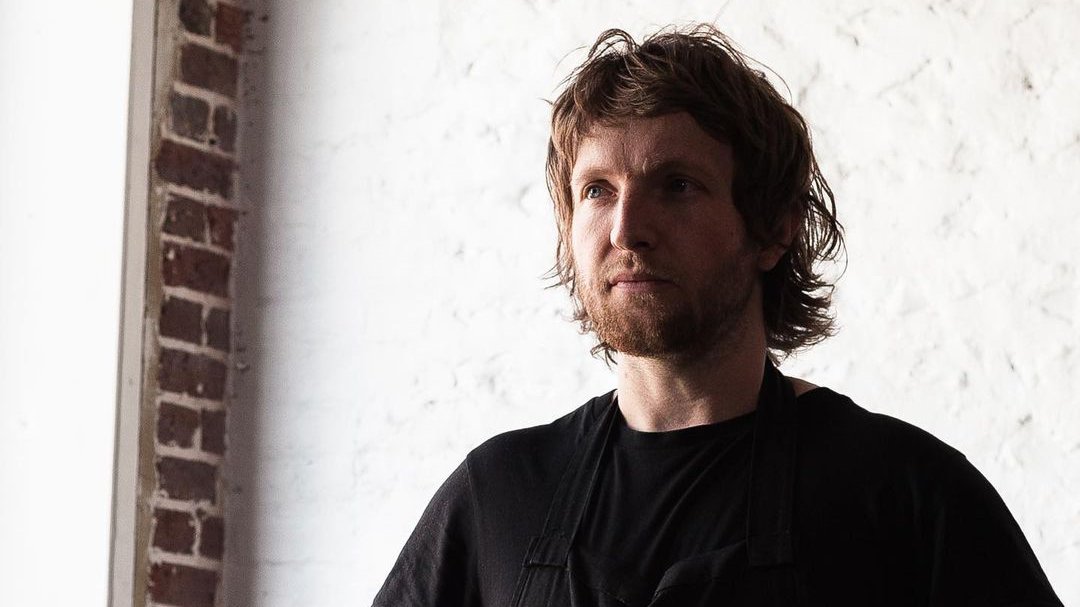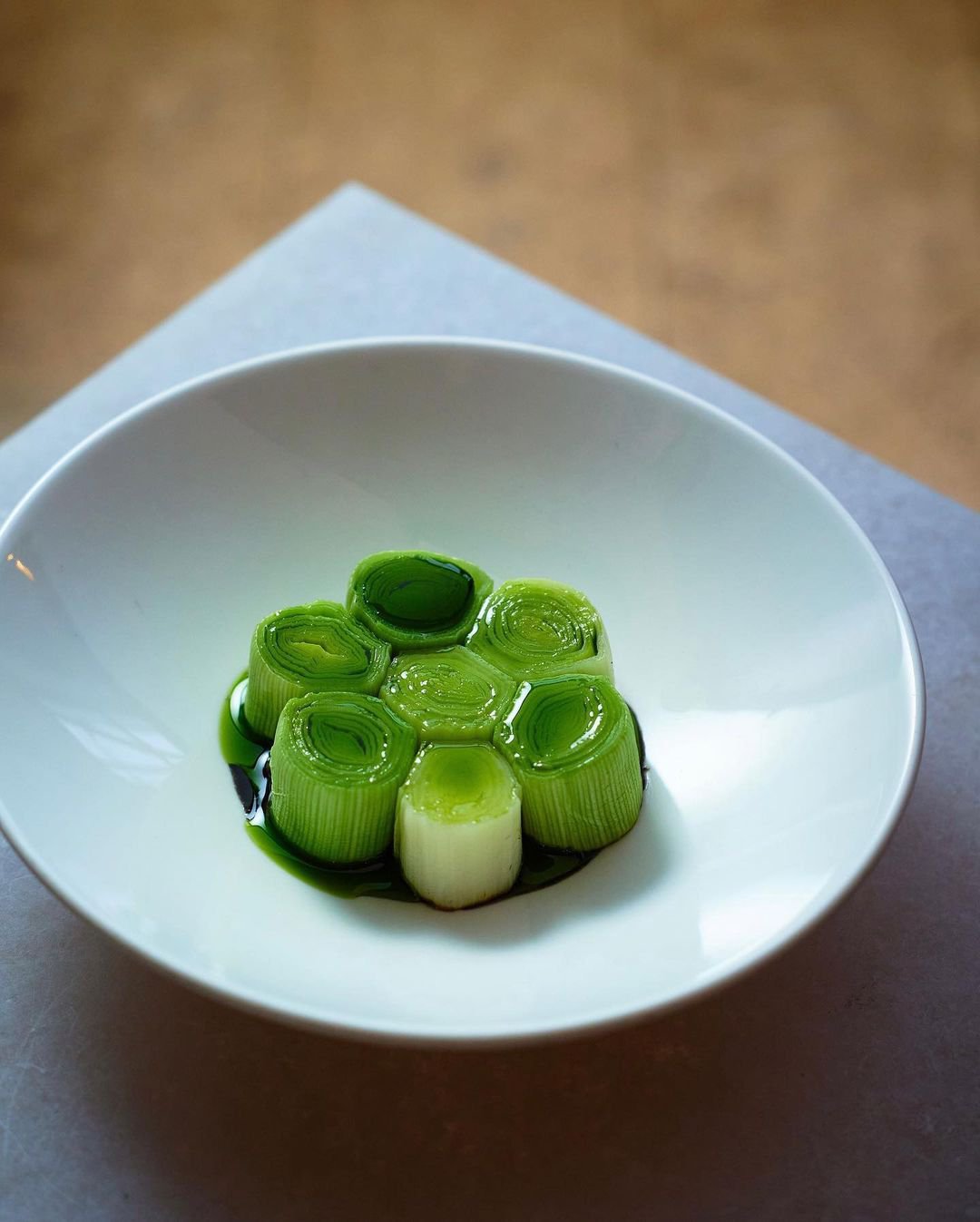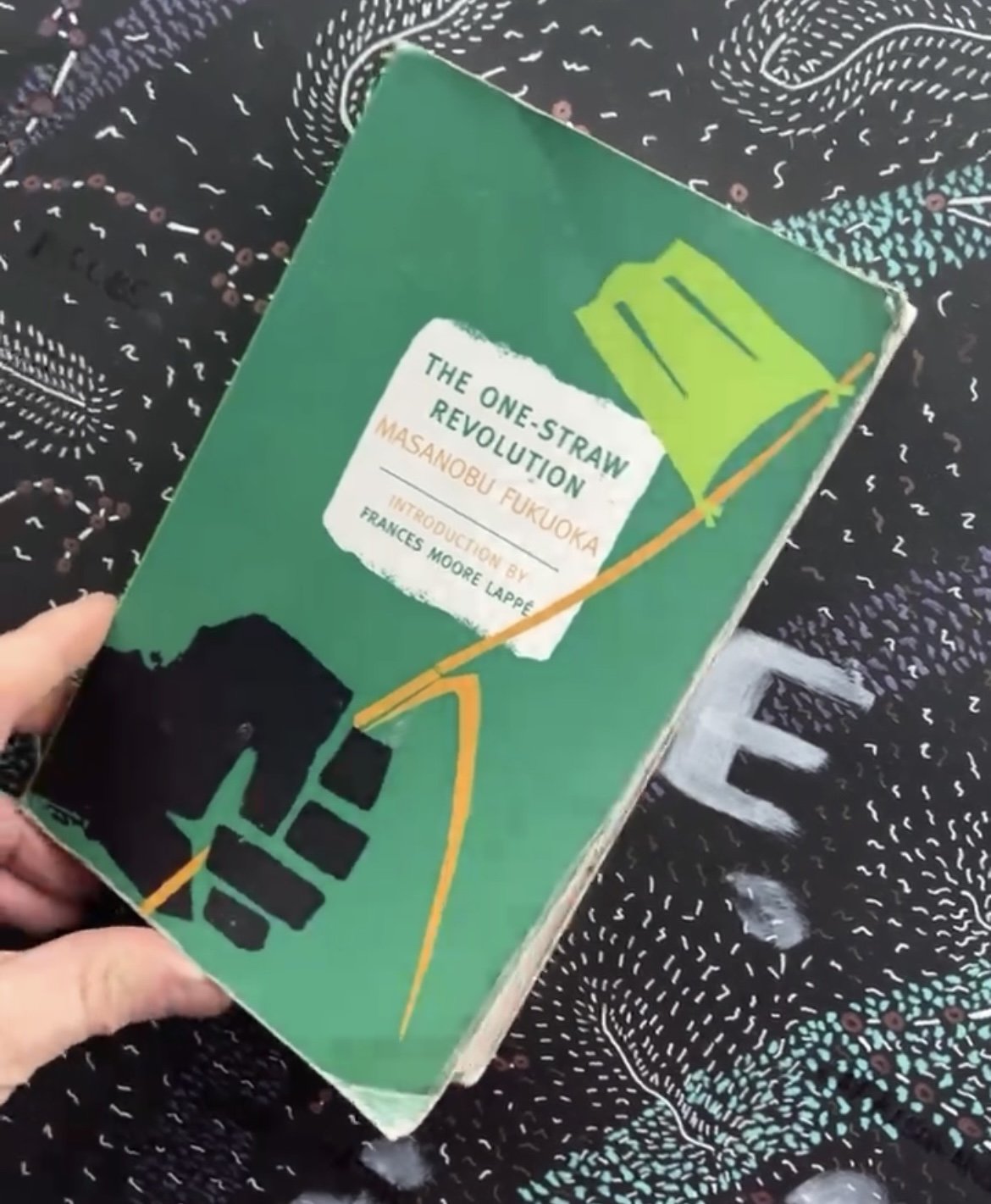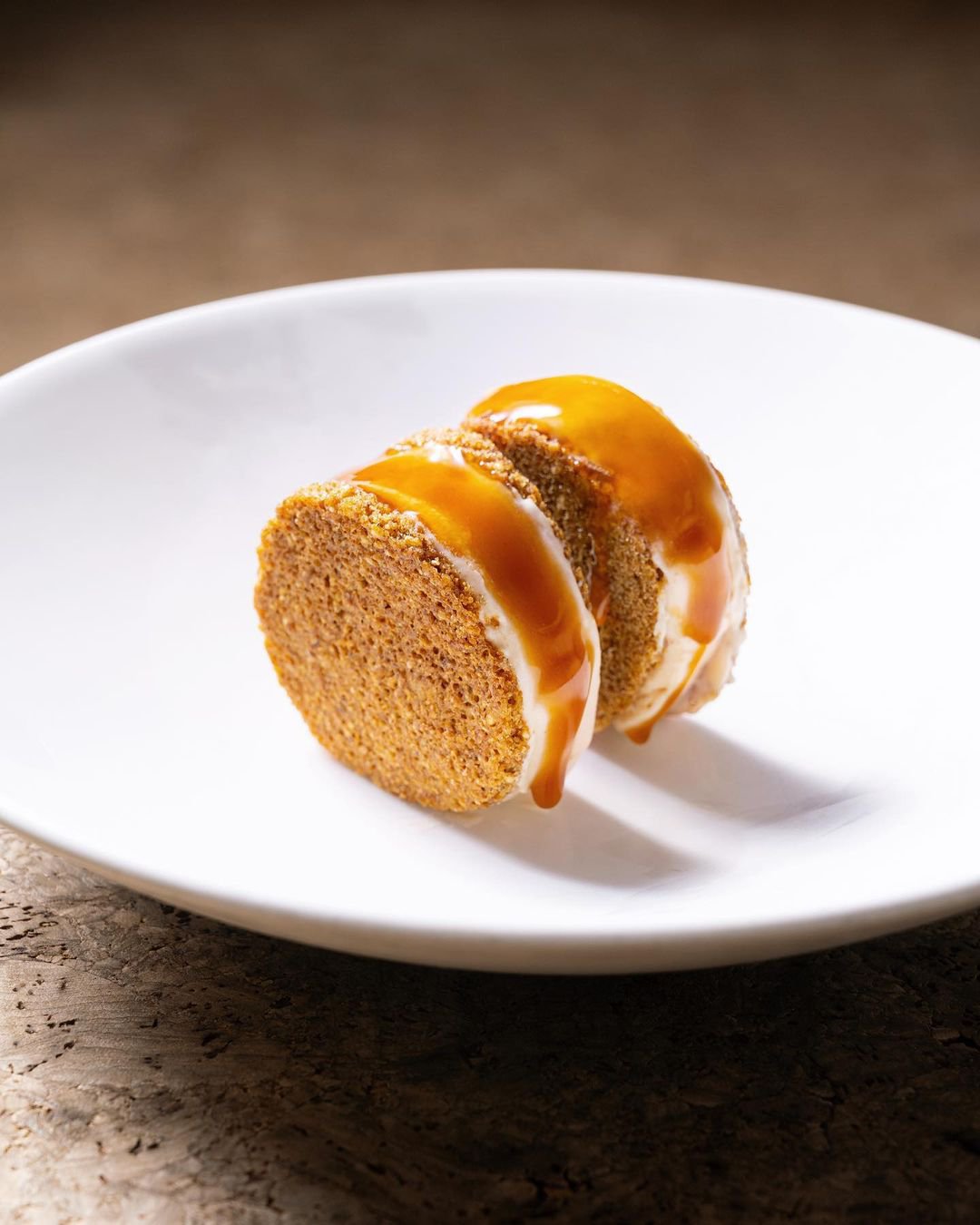Going beyond recycling: Douglas McMaster, a zero-waste chef whose mission is to not recycle anything
Douglas McMaster is a chef with a rare vision. His ideas might not be novel, but his ability to make them a reality is extraordinary.

Douglas McMaster is a chef with a rare vision. His ideas might not be novel, but his ability to make them a reality is extraordinary. The ethos of “zero waste” at his restaurant, Silo, is taken to unprecedented heights. Driven by the desire to alter the way most people think about sustainability, his restaurant is a role model, a brilliant example of the closed loop on food production processes with the most advanced zero waste practices the restaurant can have.
Every detail comes from the direct product supply, making flour, butter and most products on-site, to the restaurant designed with up-cycled materials from back to front. The dream of a future where nothing is wasted, the plate of food represents total respect to the natural order.
The beginning of SILO
The person who inspired Silo is Joost Bakker, who I consider a real genius, and the most incredible human alive. In 2011, he said to me, “Could you not have a bin?”, I was perplexed with this abstract thought-provoking question. It happened before the trend on sustainability came along and I didn’t know what it really meant. So I just said yes, I could not have a bin.
At that time, I was working at one of Australia’s best restaurants, and I didn’t understand what he was asking me, I was so keen on getting away from the toxic environment I was working in. Unconsciously, I needed to break away from that negative ambience, and when Joost came along with his ideas, I felt the immediate connection.
In 2012, we started the Silo pop-up in Melbourne. Before fulfilling the dream of moving to London, Silo tested its formula in Brighton for 5 years.
The evolution of the restaurant is not less than radical, as it has changed the concept of Melbourne style brunch, to one of London’s sexiest restaurants with a refined minimalistic style cooking. It's very exquisite; the space is all made from waste, where each material tells a different story.
What dictates food at one of the sexiest restaurants in London?
It is important to note that what happens off the plate is equally important. If you consider the food presented throughout Instagram, you can’t see what happens off that pretty plate of food being displayed because you are only shown the final result of all the elements but what happens off the plate is as important as the plate of food.
I see a plate of food as leaves on a tree: you can’t ignore the branches, trunk and roots that all contributed to creating the leaves. Good food doesn’t exist without all the necessary elements and effort. Hunters, fishermen and forages supply us with ingredients from which we produce flour, cheese, bread, yoghurt. Working this way changes the way you think about food. The final product that is created is unique. A leek, for instance, is not just a leek, it comes from the attention and respect it has received. If it is presented along with many other ingredients, it would not be respected for the kind of product it is. That means the less we put on the plate, the more focus we give to it.
The dish we made from this leek is very unique: we serve them steamed with cuttlefish garum from two years ago. The flavour tells you a unique, extraordinary but modest and minimal story about honoring nature’s whole system, the amount of work done to achieve this harmony of flavour, the ingredients' way to the plate. It reminds you of things you have never even experienced while being represented by only two ingredients - leeks and cuttlefish.
So the food is the product of the effort of the whole system.
Can zero waste be fine dining?
As a result of industrial agriculture, one-fifth of the world's soils are damaged. This has resulted in plastic pollution and health issues from processed food and it is approaching a tipping point when worldwide catastrophes are occurring.
We have to adapt to a system that respects nature, you can call it zero waste or sustainability, caring about nature, but it is the future. Otherwise, there will be no future.
Does having a garden mean being sustainable?
We have heard a lot of such stories, the reality is usually that this is less than 1% of what guests eat. But you can take Blue Hill at Stone Barnes or Farm of Ideas as great examples. In general, it’s the novelty that gives people the impression of sustainability. However, for the power that chefs have, that is an appreciation. It promotes respect, it brings a greater appreciation for farming and nature. It is not sustainable but just a small piece of it.
What is the biggest misunderstanding about zero waste cooking?
The leek dish described earlier, for example, is not perceived as a zero waste dish by many people, but it is exactly what it is.
The public perception that has frustrated me over the years is when one would say you should not use the waste from the leeks but only the main part of it, that’s not zero waste.
Zero waste is not using the scraps, you don’t waste those, you also cook the rest of the product.
When you churn cream into butter, you should consider also the remaining buttermilk, like garum, or dulce de leche, or a sauce.
It is not only about using the buttermilk, it is using everything holistically, not wasting. That’s the frustrating part of the common misconception. When I get asked by journalists to share a zero waste recipe, it is often frustrating because I know what they expect; carrot tops pesto, and I am not giving that.

Can a luxury ingredient be sustainable?
If the caviar is produced in a way that all of the energy that goes into growing the sturgeon is renewable, if there is no waste, damage; a natural and regenerative way of farming sturgeon and harvesting the caviar, no single use plastic, and the delivery of green directly without complications. If that is the case, then that’s beautiful.
With the supply chain that follows these steps, you can have any luxury ingredient in the world.
Zero waste chefs, which skills should they have?
When I left Australia in 2013, Joost and I were working on Silo together, and he encouraged me to keep going. He was the one who handed me the book "One straw revolution," which talked about regenerative agriculture and the relationship between food and the environment. In a most lovely way, there was an incredible illustration of sustainability. It shifted my perspective on things. Dan Barber's Ted Talk "How I Fell in Love with the Fish" and "Foie Gras Parable" also influenced my decision to choose a sustainable career.
The latter learning process involved just getting by; trying and failing, eventually I failed less, and got the intuition of what would work. Silo is a temple of ideas, we share our knowledge so people would not need to go through what we had.

Food is the meeting point, it connects us, as an art form, an essential part of our lives, it is such a desirable and enigmatic aspect of us.
It is fair to state that chefs are the creators of those supernatural moments with food. There is an amount of pressure on chefs for this reason. As architects of these plates, they have the power to make the decision of what is going on the plate. Equally, the pressure is shared with the farmer. The chefs are on the spotlight and they can dictate what goes on with food, they have the voting power for the future of food.
For zero waste cooking, the fermentation is the centrepiece of the process. It is the ultimate way to up-cycle all food waste. It makes unusable, wasted parts shine on the plate.
The leek dish I’ve mentioned before is exactly about it, the garum makes it special.
What is the Future of our household?
Joost Bakker, Jo Barrett and Matt Stone are the founders of Future Food System house in Melbourne’s Federation Square. They are to turn cities and suburbs into urban farms that can sustain themselves.
Joost Bakker, mentioned earlier is an Australian ambassador of zero-waste future design, and this project of his, Future Food System, represents a zero-waste, productive house that is open to the public to tour or book in for dinner or lunch. It is located right in the centre of Melbourne.
For me, that’s the future. That may not happen soon due to all the complications caused by the power structures in the government, corporations and information distribution; there's a lot of power outside that is not favourable to this kind of initiative since it doesn’t profit them.
I don’t see this project and Silo going to become mainstream quickly. We understand that people don’t see nature and the health of the planet as a priority. However, zero waste is the future, although it might take a long and difficult road.
The most challenging example of harmonizing an ingredient
There is an ice cream sandwich on our menu. It is made from all of the waste from bread and butter. The bran left from milling the flout, buttermilk, and the remaining bread are the main ingredients here.
The wasted bread was our problem for years. We tried to turn it into miso but we could not keep up with the amount of waste. So we designed a wonderful dessert to absorb all that waste.
The dulce de leche ice cream is made of waste buttermilk. We culture the buttermilk, the sifted bran are turned into two wafers that taste like toasted popcorn and the waste bread is soaked in water for three days, then strained, and the stock liquid is then reduced into black syrup savoury, a bit salty to be poured over the ice cream.
It is an incredible combination of sweet dulce de leche, salty popcorny wafers and umami syrupy. It's a clever and poetic dessert. Being the last course, it consists of the waste from the first course.

Recycling is great, but it is insufficient, and it is not about us, the consumers. As consumers, the best we can do is continue to recycle; yet, recycling methods differ from country to country.
There is a lot of waste in recycling, along with the amount of energy that goes into the system which is not efficient. One of the biggest problems is that the impact is so big while the value remains low.
The impact of recycling a wine bottle is like punching nature into the face to get just another bottle. So it is good to recycle instead of throwing it into the river, let's say, but keep in mind the system. Recycling is when you turn something that died back into the thing it was made to be, a can is recycled into a new can, the value remains relatively the same. While up-cycling that I call “new waste” involves creating a new material, a conversion of value of an empty wine bottle with zero cost into a plate worth 30 euros made with minimal impact to the planet.
So what my life’s work aims to achieve is to create far more sophisticated system in which we don’t recycle anything. My dream is to not recycle.
I want Silo to be a blueprint for the future so other restaurants can use our expertise, give people the information to do what they can to change their system, offer examples for the future of food. That is what makes Silo unique, the whole system.
Our latest initiative is a pottery inside Silo. Every water wine bottle we crush into a fine sand raw material, the same as flour, we mill a wine bottle into powder, to make a product from glass. We make crockery, plates, tiles, light fittings, these are high value products.
That is closing the loop on a single use material that is part of our system. We are still developing, we make 10 wine bottles into something new each week. We need to be selling those products to pay for the production, for the system to work.
Zero waste egg recipe
Get an egg from a good farm, a free range one.
I talked about regenerative agriculture, and a good example is rotational grazing. There is a famous farmer, Joel Salatin, who has been called by Time Magazine “the world’s most innovative farmer”. He is famous for increasing the productivity of his land mostly from rotational grazing animals and spreading compost. This is a practice that began in Europe centuries ago. The chickens are spreading the fertilizer across the field plus eating the larvae, maggots, which is the best diet for the chicken, and it's free, you are mitigating the harm that flies might have on the animals. Those chickens are regenerative, a free range that would lay an egg that you should take.
The way I like to cook a fresh chicken egg; I use a scorching frying pan, so the album remains stiff and then you scotch it fast. Then quickly cook chopped leek tops in the aged funky butter in the same pan. The egg white should be crispy, then you add leek tops, drizzle some garum, could be fish or even chicken, and crunchy salt on top.
That’s the best way to cook a regenerative egg in a delicious zero waste way.
